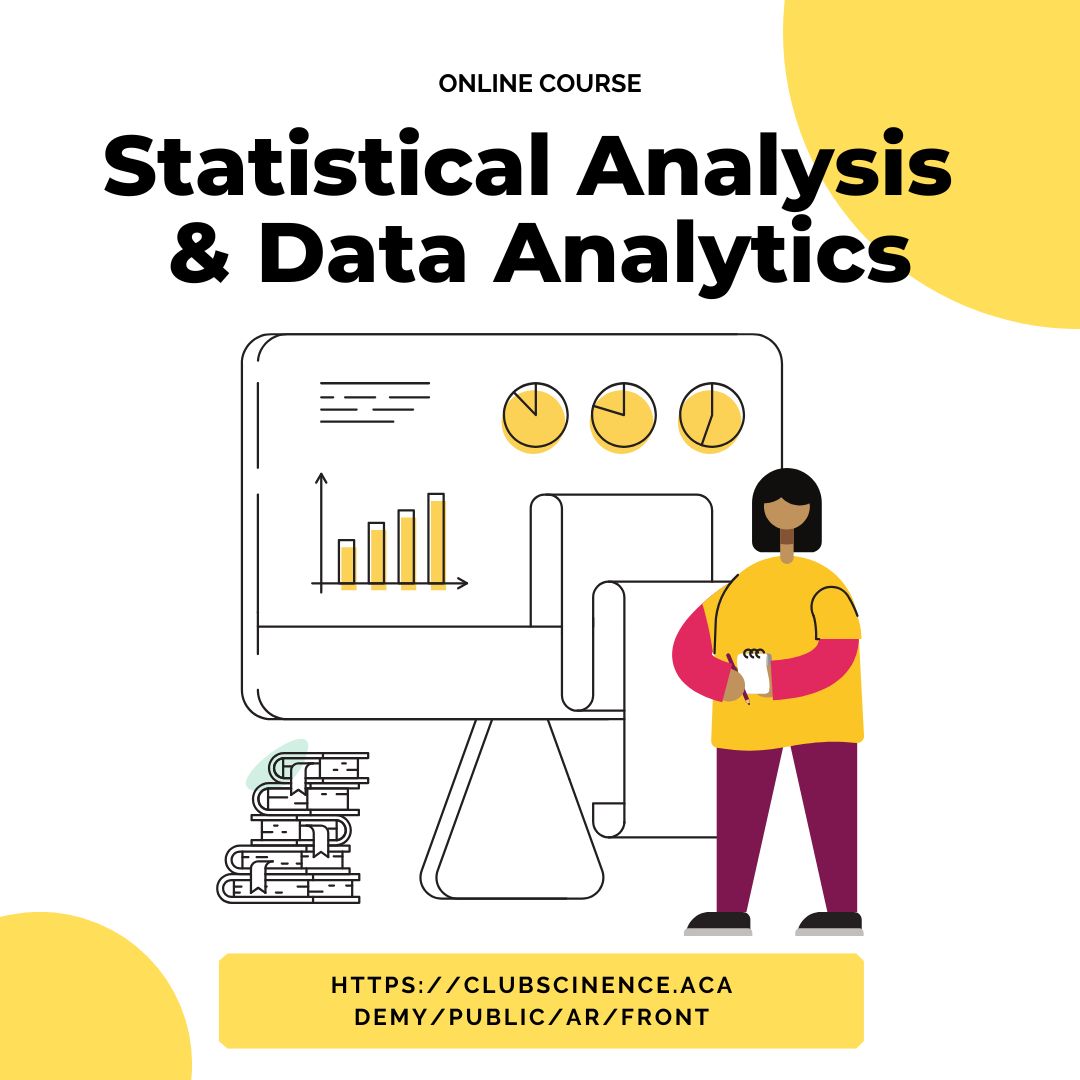
Statistical Analysis Services
🎯 Statistical Analysis Service – Science Club Academy
Statistical analysis is one of the most important components of scientific research. At Science Club Academy, we offer this service professionally and comprehensively, tailored for researchers and postgraduate students across Saudi Arabia and the Gulf.
We provide accurate and fast analysis for graduation projects, master’s and doctoral theses, and academic promotions using the most renowned statistical software
📊 ?What is the Statistical Analysis Service
Statistical analysis involves processing raw data to extract accurate scientific results using statistical tools and techniques
This service is essential to help researchers test hypotheses and analyze both qualitative and quantitative data in a reliable and scientific manner
💻 :Statistical Software We Use
We work with a powerful range of statistical programs that cover all academic disciplines
-
SPSS – The most popular for descriptive statistics, regression, and correlation
-
Amos – Ideal for Structural Equation Modeling (SEM)
-
SmartPLS – Used for Partial Least Squares path modeling in social and administrative research
-
STATA – Great for social and economic statistical analysis
-
EViews – Excellent for time series and econometric models
-
Statgraphics – For visualizing statistical data and generating reports
-
R – A powerful, open-source programming language for statistical and graphical analysis
-
Minitab – Used for quality improvement and process analysis
-
NCSS – Best for complex medical and social research data
✅ ?Why Choose Our Statistical Analysis Service
-
✔️ Extensive experience executing hundreds of projects
-
✔️ Mastery of all major statistical software
-
✔️ Precision in selecting the most appropriate analysis methods
-
✔️ Notifying clients of any data issues before proceeding
-
✔️ Timely delivery
-
✔️ Reasonable pricing with high academic quality
🧩 ?What’s Included in the Service
-
Designing surveys and questionnaires
-
Descriptive and inferential analysis
-
Hypothesis testing (e.g., ANOVA, T-Test)
-
Time series analysis and forecasting
-
Charts and detailed reports
-
Interpretation of results in clear academic language
-
Specialized statistical consultation
🔁 :Steps of Our Statistical Analysis Process
-
Define the study objective or problem
-
Collect data via questionnaires or tools
-
Identify the study population and sample
-
Select appropriate variables
-
Apply suitable statistical tests
-
Analyze the data
-
Prepare and submit the final report
📌 :SPSS Analysis Details
-
Descriptive statistics (mean, median, standard deviation)
-
Regression and correlation analysis
-
Group differences (e.g., ANOVA)
-
Qualitative data analysis and frequency tables
-
Predictive modeling and time-based regression
-
Printable charts and summary tables
🏆? Why Science Club Academy
We don’t just offer statistical analysis — we support your entire research journey from idea to publication. Our team ensures your data is analyzed accurately, clearly, and in line with your academic standards
📩 Contact us now for a complete statistical analysis that boosts your research quality and saves you time and effort